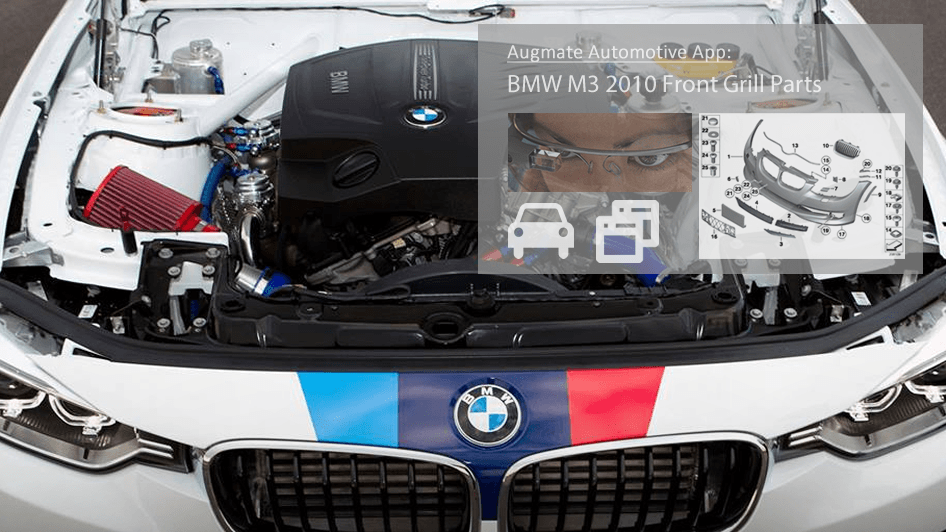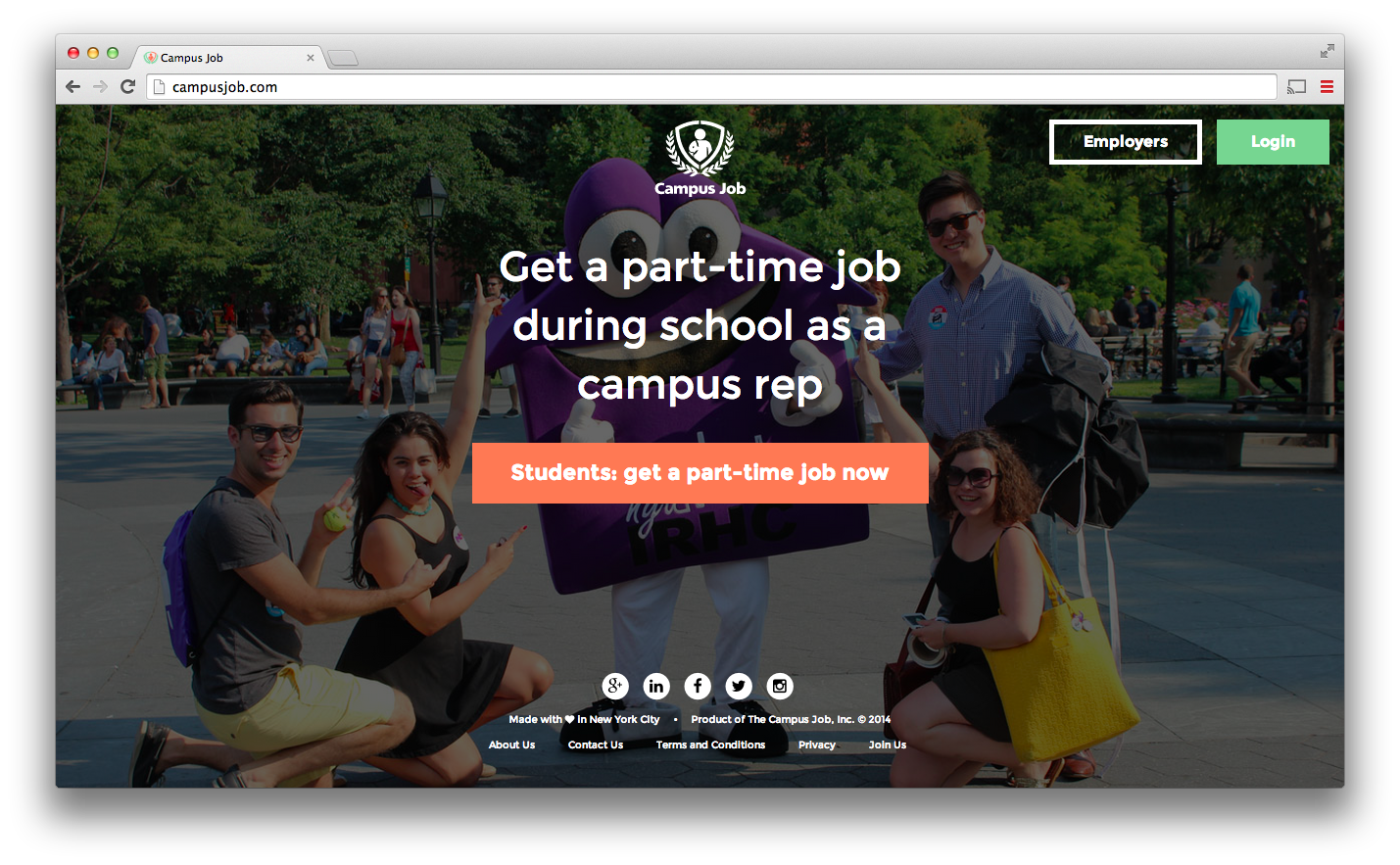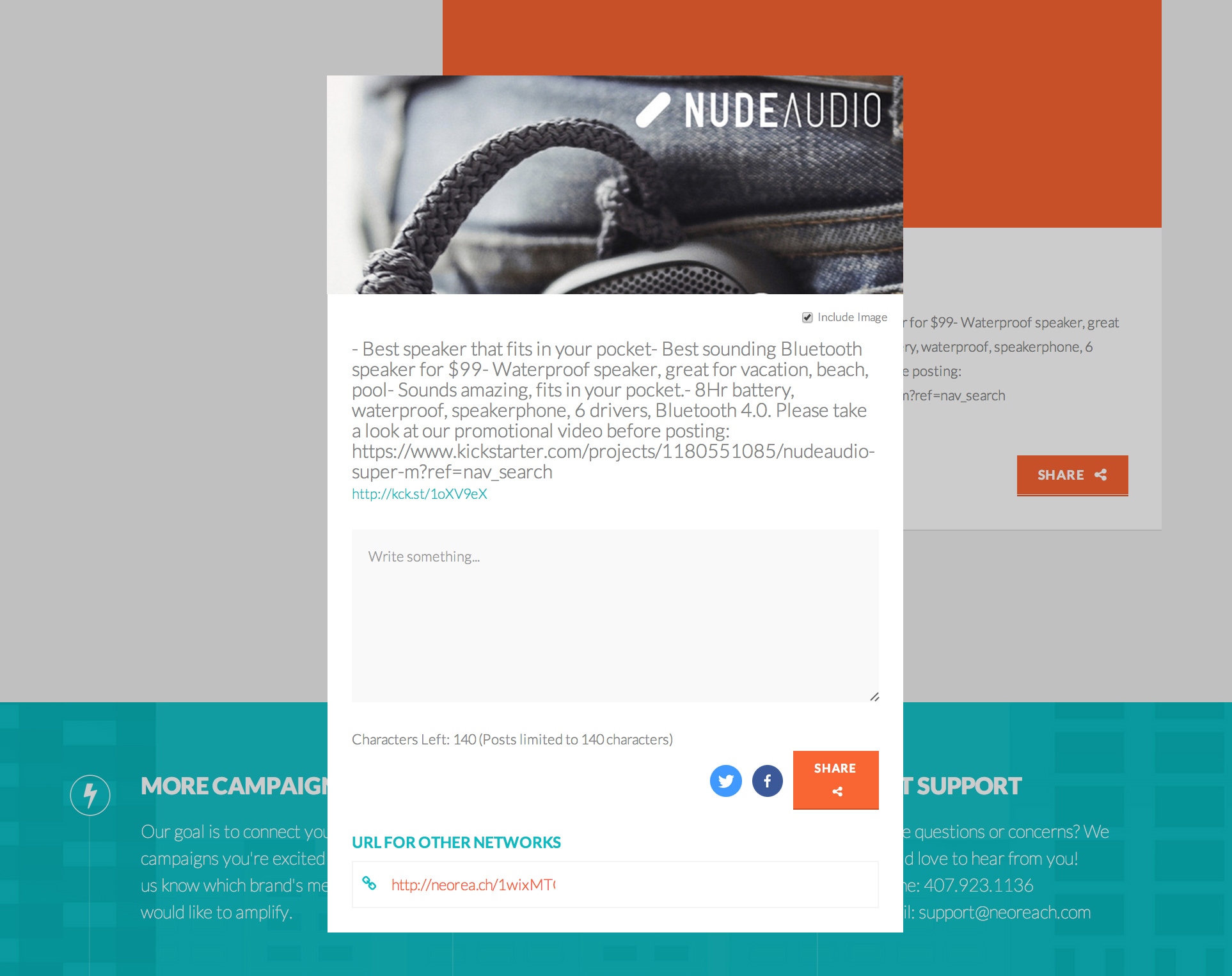 A Q&A with Augmate co-founder and CEO Pete Wassell. The New York City-based smart eyewear startup announced last week that it has raised $2.8 million in Seed funding. Investors include Tim Draper, UPS Strategic Enterprise Fund, Siemens Venture Capital, Simon Venture Group, Rothenberg Ventures, Excell Partners, Camp One Ventures and FP Angels.
A Q&A with Augmate co-founder and CEO Pete Wassell. The New York City-based smart eyewear startup announced last week that it has raised $2.8 million in Seed funding. Investors include Tim Draper, UPS Strategic Enterprise Fund, Siemens Venture Capital, Simon Venture Group, Rothenberg Ventures, Excell Partners, Camp One Ventures and FP Angels.
SUB: Please describe Augmate and your primary innovation.
Wassell: Augmate is a wearable tech startup that specializes in the strategy, development and deployment of enterprise applications for smart eyewear. Our primary innovations are our private SDK and Insights analytics platform.
The Augmate SDK allows developers to create apps for smart eyewear that connect with existing enterprise data to visualize, contextualize, and streamline real-time information to deskless workers, helping them make better and more efficient decisions.
Our Insights platform visualizes data collected from or performed through smart eyewear to create actionable insights for workers and managers alike.
SUB: Who are your target markets and users?
Wassell: Our target market is the workers in the supply chain—manufacturing, logistics, warehousing, and retail. We strongly believe in the inherent benefits of smart eyewear and hands-free technology, so we’re building the final piece of that puzzle with software.
SUB: Who do you consider to be your competition, and what differentiates Augmate from the competition?
Wassell: Augmate stands at the center of the wearable ecosystem, and while there are companies who are developing software for technologies such as smart eyewear, we don’t view ourselves as competing. Rather, we believe that we are all complementary to each other as our core mission is to help accelerate the adoption of wearable technology in the work environment.
What we do differently is our focus on educating enterprises through Augmate’s InnoVision consulting arm, which helps them to evaluate, validate, pilot, and scale wearable applications in the workplace.
SUB: You just announced that you’ve raised $2.8 million in Seed funding. Why was this a particularly good time to raise funding?
Wassell: We’re incredibly focused on doing more pilots with the partners that we have and the partners that we’re looking to work with. While wearable technology and its software are both in their nascent stages, it’s vital to the growth of the ecosystem that we continue pushing the bar and iterating to perfect the software as the hardware gets better.
SUB: How do you plan to use the funds?
Wassell: We are actively hiring and growing the team here in New York so the funds will definitely help fuel our growth over the next several months.
SUB: What was the inspiration behind the idea for Augmate? Was there an ‘aha’ moment, or was the idea more gradual in developing?
Wassell: I spent 15 years at IBM, and when Google Glass debuted, I saw a much bigger opportunity for smart eyewear devices like Glass outside of the consumer market.
Having had a background in a major enterprise, I believed that this technology was much better suited for industries such as manufacturing, logistics, and warehousing. After moving from Silicon Valley to New York, I actively attended meetups about AR software development. I then started a LinkedIn Group called ‘AR Glasses,’ which now has about 4,000 members comprised of scientists, researchers, entrepreneurs, and developers alike.
This LinkedIn group was also where I met co-founder Drew Austin, a serial entrepreneur who was passionate about pushing forth new, world-changing ideas.
SUB: What were the first steps you took in establishing the company?
Wassell: When we first started, we put together a small team and started working out of the Coffee Bean in Kips Bay. We began to identify the use cases in which we saw opportunity for smart eyewear devices to build an SDK. Between the highly influential AR Glasses LinkedIn Group and a network of developers that we work with, it helped us move faster, quicker.
SUB: How did you come up with the name? What is the story or meaning behind it?
Wassell: ‘Augmate’ is meant to sound industrial—it is the shortened combination of ‘augmented reality’ and ‘automate.’
From a marketing perspective, the team wanted to start with an ‘A’ to put the company name at the top of any alphabetized lists, but more importantly, I wanted the company name to be somewhat descriptive of the company’s mission. I came up with the company name in 2010—registering the URL, etc.—highlighting the fact that I knew the space where this technology would have the greatest impact even when experts at the time said that this would be a consumer/entertainment/gaming space.
The intent with Augmate was to connect AR glasses to enterprise software to make blue collar and low-skilled workers smarter and more efficient by reducing errors and providing instantaneous processes.
SUB: What have the most significant challenges been so far to building the company?
Wassell: The biggest challenge is that nobody knows what to expect yet with wearable tech. For us, we know we’re just scratching the surface here and it’s a lot of basic, practical applications that are being built. For that reason, we launched the InnoVision program that can help businesses start to not only understand how this benefits them, but also how they can build processes around this technology, how to adopt it, and how to scale.
SUB: How do you generate revenue or plan to generate revenue?
Wassell: We plan to generate revenue through our InnoVision consultation program and through licensing our SDK to enterprises—corporate license model, per person, per month.
SUB: What are your goals for Augmate over the next year or so?
Wassell: We plan to continue to work, through our InnoVision program, with enterprises interested in taking steps towards improving efficiency across their deskless workforce, as well as growing our team, perfecting our SDK, and announcing many more partnerships.














